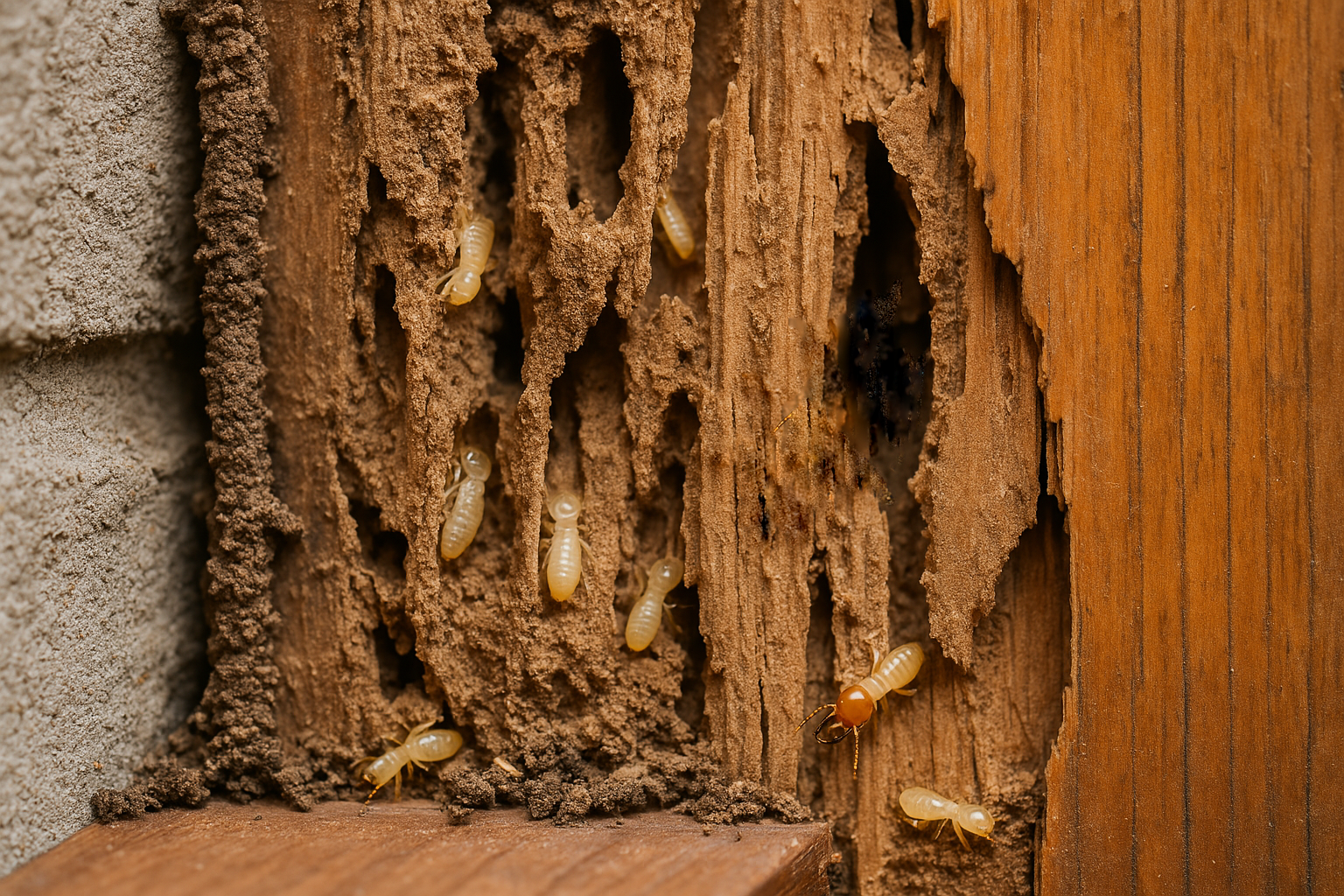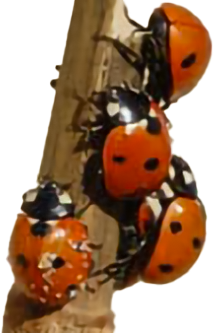Why Summer Means Tick Trouble
Summer in Minnesota means more time outdoors—and unfortunately, more ticks. Whether your family is hiking, playing in the backyard, or simply walking the dog, tick encounters become more common as the weather warms. That’s because tick activity peaks in June and continues through early fall, especially in wooded or grassy areas.
While most tick bites are harmless, others can transmit serious diseases like Lyme disease or Rocky Mountain Spotted Fever. That’s why tick prevention for families isn’t just a summer chore—it’s a health priority. Adam’s Tick Control Services can help you stay protected.
In this article, you’ll find a quick-reference checklist to help protect your kids, pets, and peace of mind all season long.
Know the Risk: Common Ticks Found in Minnesota
Not all ticks are created equal—and knowing which ones are in your area can help you take the right precautions. Here are three common tick species that Minnesota families may encounter:
- Blacklegged Tick (Deer Tick): Small, reddish-brown, and active from spring through fall, this tick thrives in wooded, brushy areas. It’s the primary vector for Lyme disease, anaplasmosis, and babesiosis in Minnesota.
- American Dog Tick (Wood Tick): This larger, brown tick with white or gray markings is most active in late spring and early summer. Found in grassy fields and trails, it can transmit Rocky Mountain Spotted Fever and tularemia.
- Brown Dog Tick: Unlike the others, this species prefers warm environments and can survive indoors. It’s often found in kennels or dog beds and is capable of completing its entire life cycle inside homes, where it may transmit canine ehrlichiosis.
For tick identification and expert tips on managing tick-prone yards, visit our Tick Control Services page.
Tick Safety Checklist for Families
Protecting your family from ticks doesn’t have to be complicated. Here’s a straightforward checklist to help keep ticks out of your yard—and off your loved ones.
✅ Yard Protection
- Mow your lawn regularly and trim tall grasses and weeds.
- Remove leaf litter, brush, and woodpiles where ticks may hide.
- Create a barrier of mulch or gravel between wooded areas and your lawn to discourage tick migration.
- Stack firewood in a dry area away from your home and clear tall brush from around patios and playgrounds.
- Control rodents and wildlife, as these animals often carry ticks into your yard.
- Keep play areas and patios away from yard edges and trees.
- Consider professional tick treatment services for added protection. Adam’s Tick Control Services are designed to reduce tick populations around your home.
✅ Outdoor Activity Precautions
- Dress your family in light-colored clothing so ticks are easier to spot.
- Wear long sleeves and pants when walking through wooded or grassy areas; tuck pants into socks.
- Use EPA-approved tick repellents containing DEET, picaridin, or permethrin (for clothing only).
- Stay on well-worn paths and avoid walking through high grass and brush.
✅ Pet Safety Measures
- Talk to your vet about tick preventatives such as collars, topical treatments, or oral medications.
- Inspect pets —especially around ears, neck, armpits, and between toes— after time outside.
- Keep dogs on-leash in wooded or brushy areas.
- Wash pet bedding frequently and vacuum regularly to catch hitchhiking ticks.
✅ Daily Tick Checks
- Perform a full-body tick check after coming indoors, especially on children.
- Focus on high-risk areas: scalp, behind ears, armpits, waistband, behind knees, and between toes.
- Shower within two hours of coming inside to wash off unattached ticks.
- Toss outdoor clothing in a hot dryer for at least 10 minutes to kill any hidden ticks.
By following these steps, you’ll significantly reduce your risk of tick bites—and the diseases they may carry. This kind of practical tick prevention for families helps you stay safe without missing out on summer fun.
What to Do If You Find a Tick on You

If you find a tick on yourself, a child, or a pet, don’t panic—but act quickly and carefully.
- Use fine-tipped tweezers to grasp the tick as close to the skin’s surface as possible. Pull upward slowly and steadily without twisting. Twisting or jerking may cause parts of the tick to break off and remain in the skin.
- After removal, clean the bite area and your hands with soap and water and apply rubbing alcohol or another antiseptic.
- Do not apply petroleum jelly, nail polish, or burning agents to the bite or the tick either before or after removal—these methods are outdated and unsafe.
- Save the tick in a sealed plastic bag or container in case symptoms develop later—it may help with diagnosis.
- Call your doctor or vet if a rash, fever, or unusual symptoms appear within a few weeks of the bite.
For a full step-by-step guide to safe tick removal and Lyme disease precautions, visit Adam’s Tick Control page.
Need professional help? Schedule your yard treatment before tick season peaks.
When to Call Adam’s Pest Control:
If you’re finding ticks on your kids, pets, or even in your home more than once or twice a season, it’s time to consider professional vector treatments. Frequent tick encounters—especially in shaded or wooded yards—often indicate a growing population that DIY methods can’t fully control. Tick prevention for families with wooded yards is most effective with regular service.
You’re also at higher risk if your property borders woods, tall grasses, or has heavy groundcover. Even regular mowing and repellents may not be enough in these environments.
Professional tick control services target the areas where ticks live and breed, reducing their numbers before they get to your family. Treatments are fast, discreet, and highly effective—especially when timed before peak tick season.
Bonus: Adam’s Vector treatments help control roughly 85% of the mosquitoes within the treatment area as well as ticks!
👉 Schedule your yard treatment before tick season peaks and enjoy peace of mind all summer long.
FAQ: Tick Prevention for Families
What other pests are controlled with Adam’s tick treatments?
Adam’s Premier Vector seasonal pest service helps control roughly 85% of the mosquitoes within the treatment area and will also help reduce the number of fleas.
🔗 Explore professional tick prevention solutions for families here.
What time of year is best for tick treatments?
Adam’s Premier Vector service provides seasonal control of ticks (and fleas and mosquitoes in the same treatment). This service consists of a minimum of 4 treatments per season, typically performed between April and September. Every three to four weeks, your Adam’s pest management professional sprays all tick habitats and areas near tick “hot-spots” and along the “tick-zone” where ticks hide and rest. But preventive treatments and one-time service can be started any time ticks are active.
Can I get rid of ticks on my own?
DIY methods like mowing and clearing brush help, but they rarely eliminate ticks entirely—especially on shaded, wooded, or larger properties. If you’re still seeing ticks, it’s time to call the pros.
Are tick treatments safe for kids and pets?
Adam’s uses targeted applications that follow all label directions and state/federal safety standards. Our trained professionals minimize exposure while effectively controlling ticks.
Do professional tick treatments really work?
Yes. Professional yard treatments reduce tick populations in the areas where your family spends time, making it much harder for ticks to establish themselves near your home.
How often should I check my kids or pets for ticks?
Every time they’ve been outside in grassy, wooded, or brushy areas—especially in the evening. Make tick checks part of your post-play or post-walk routine.



